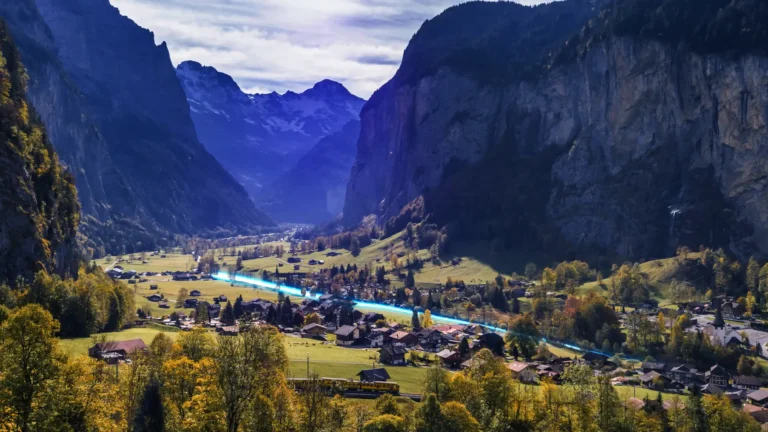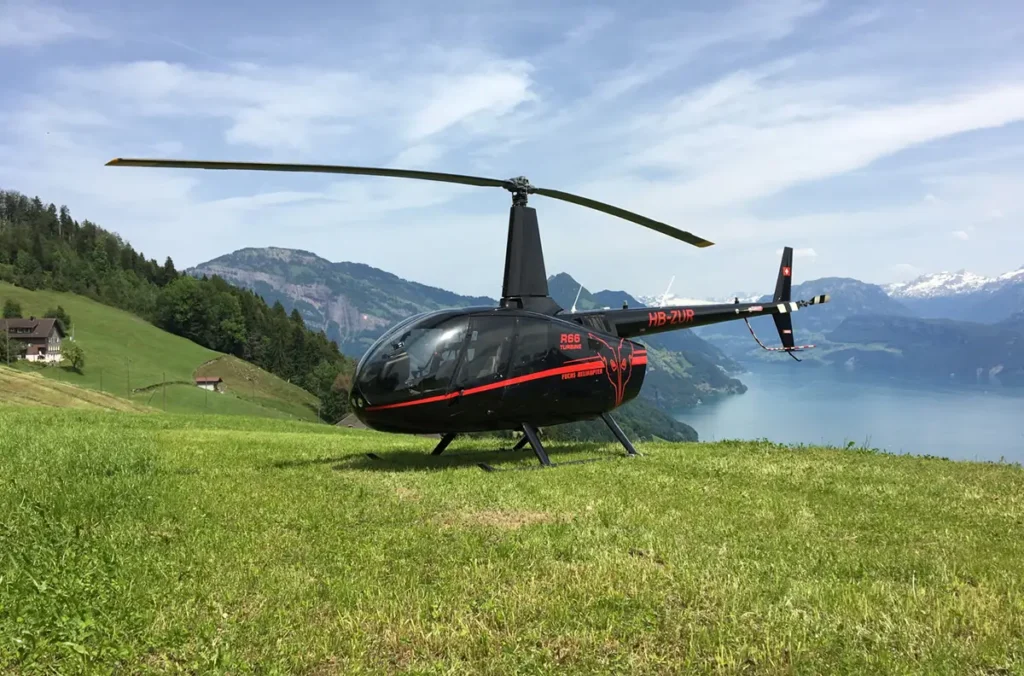Security
The most secure data connection in Switzerland
GAS&COM AG’s conduit and cable systems are installed along the Swiss high-pressure natural gas pipeline system. Security along the routes is very high, and the risk of damage is extremely low. This is why GAS&COM AG is considered to be the provider with the most secure data connections in Switzerland for fibre optic communication.
Our fibre optic cables are laid underground in a security strip along the natural gas pipelines. These are regulated by the Swiss Federal Office of Energy (SFOE), which applies very strict and complex rules for conduits running along high-pressure natural gas networks.
Our operations team conducts regular inspections of all installations, which guarantees us the highest level of security.
Our network is digitally recorded and documented throughout, and the DWDM and MPLS/IP backbones are fail-safe. This is guaranteed by our PoP topology, the power supply and the switching mechanisms used.
Your security is guaranteed thanks to our own Network Operation Centre, which is at your service 24/7.

Guaranteed security for our partners
Our shareholders and partners, consisting of Erdgas Ostschweiz AG (Zurich), Gasverbund Mittelland AG (Arlesheim) and GAZNAT SA (Vevey), also use our cables for their own purposes, i.e. for data transmission to monitor and control natural gas transport and distribution facilities. This ensures long-term stability, maintenance and security for these facilities.
Secure speed of light redefined
High security standard for the transport systems
High security requirements for the operation and material deployed as well as regular, intensive checks using state-of-the-art technology guarantee a high security standard for our transport systems. High-pressure natural gas pipelines (lines with operating pressures above 5 bar) are built and operated in accordance with Swiss regulations for conduit systems transporting liquid or gaseous fuels and in accordance with the guidelines of the Federal Pipelines Inspectorate (FPI). All control, safety and measuring equipment in the stations is checked at least twice a year, revised if necessary and kept up to date with the latest technology. The line corridors are checked every two weeks alternately with a land vehicle or by helicopter.

